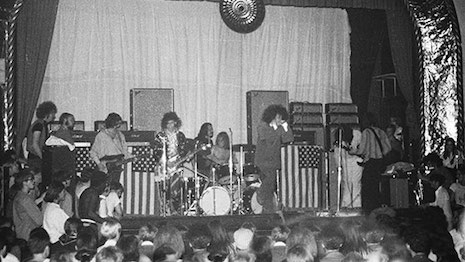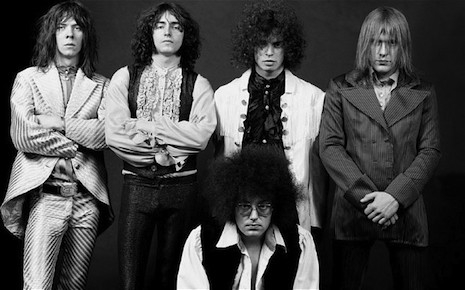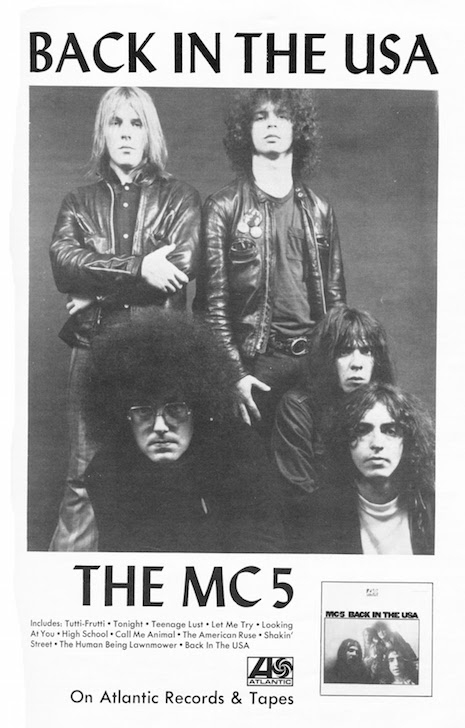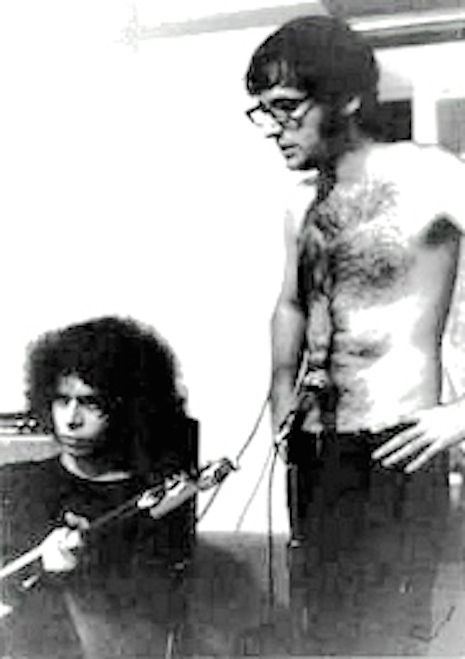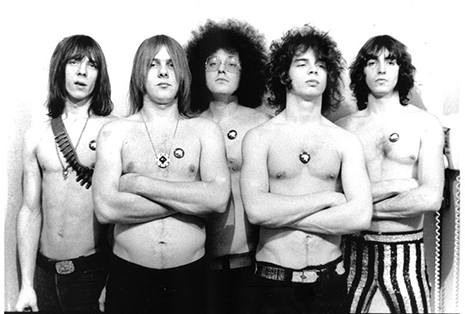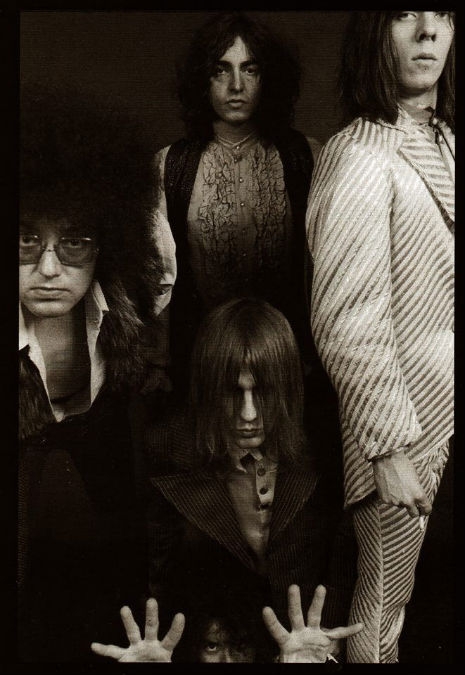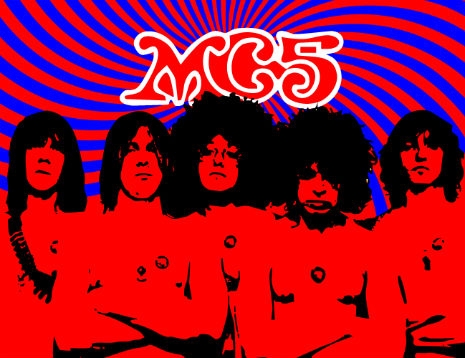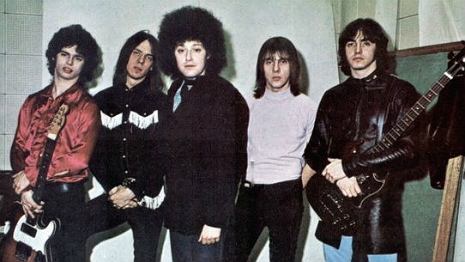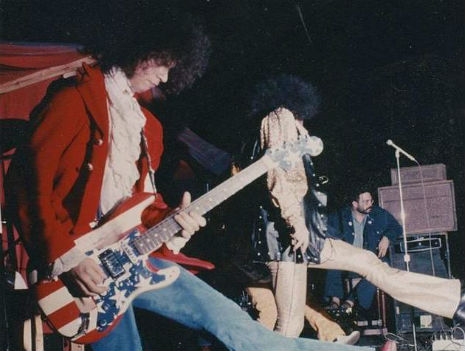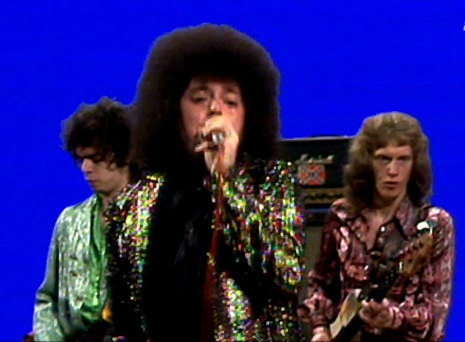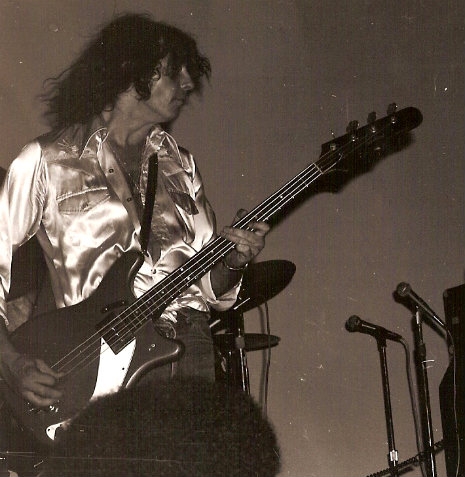One hears and reads all sorts of things about the Trans-Love house and the different roles of men and women there…from a contemporary standpoint, it sounds very traditional. Can you comment on that?
Leni; It might look like that in retrospect, because that was before the advent of feminism, but as far as living in that situation, the women did not feel oppressed or second-rate. I mean, women didn’t pick up instruments and try to play and try to be in the band, but as far as the atmosphere at the time, we all considered ourselves equal in the endeavor. We were revolutionaries; there was no hierarchy like the males up here and the women down there. At the time, we all felt that we were contributing equally to this effort we were involved in, whatever it took. I’ve heard some things…that “the women were on the floor, scrubbing the floor.” That was a lot of hokum. Everybody pitched in, everybody did their chores and their work. We had it tightly organized. Childcare was shared, kitchen duties were shared, everything, except for playing in the band.
In fact, I wrote an article one time in the newspaper, in the Ann Arbor Sun, I think, about “cock rock” and the criticism that was starting to appear about “cock rock” guys with guitars. And my thesis was, there’s nothing wrong with that; the only thing wrong is that women have to start learning to play, too, and getting up there.
And that happened in the ‘90s.
Leni: I didn’t say it, but “Let’s have cock-rock and pussy rock” (Laughs)
When John was imprisoned in 1969, did the Five renege on a promise to help you out financially while he was in prison?
Leni: I don’t really know if there had ever been a promise. Nobody knew that John was going to go to jail, and I don’t think that he ever had any discussions prior to going to jail to see what would happen. Everybody just figured he would get an appeal bond and be out on the street in a matter of days, or maybe weeks. Well, that didn’t happen, and the MC5…first, they severed their relationship with J.C. Crawford, which we all felt was a big mistake, because J.C. was almost a sixth member of the band, he was almost an integral part. So when they fired him, we had kinda bad feelings about that, and then when they brought in Jon Landau as a manager, of course we had bad feelings about that. The financial part was…I don’t really know. ‘Cause no promises were made, John never had a written contract with the band or anything like that. It was on the honor system.
But I do know that after John went to jail, there were about 17 of us who had spent the last two years doing nothing but working for the MC5 and making them a success, never taking any money for ourselves, just room and board. All of a sudden, John is gone, and we have no money coming in. Our phones got cut off just at the crucial point when we needed to make some publicity and let people know John was in jail. We had no way; we had no phones and we were just begging for food. My mother-in-law and father-in-law helped us out like they usually did, but it was devastating for awhile. And there was probably hard feelings thinking that the MC5 should have kept John on as a manager, even if he was in jail. People told them otherwise, other people told them John would be a hindrance, because now he was too hot to handle. John was now too much of a political figure. So they said no, better get rid of John Sinclair and the revolutionary image. Which was a mistake, I think we all agree. Because they lost whatever they had going for them, they kinda got lost after that.
What did you do immediately after that?
Leni: Well, I was pregnant with Celia and we had a child, and we had to organize to make a living and we had to organize the John Sinclair freedom movement.. We kept it together by hook or by crook, and the person who’s most responsible for all that is Dave Sinclair, John’s brother, who took over the financial management of this whole shebang. The Up became the house band for the revolutionary White Panther Party wing (Laughs). They were no MC5, but they could kick it out, and so we kept it going like that. So for the next two and a half years, we were just continuing without the Five, focusing our energies on getting John out and continuing to organise.
Do you know about the Bentley archive? When John and I broke up, I had a whole roomful of all the things that I’d collected since I came to this country—all the fliers, all the magazines, all the books we published. We published, at one time, four magazines, and put out about twenty books of poetry, most of them mimeographed by hand. I’m a pack rat, so I saved every last scrap of paper, every memo, everything. So when we broke up, we donated our collection of stuff to the Michigan Historical Library, which houses the papers of the governors and the supreme court justices of Michigan and all that. And so they have the John and Leni Sinclair Papers…a huge amount of materials, and people come from far and wide to study the ‘60s now. It’s at the University of Michigan in Ann Arbor.
Sinclair is also an accomplished photographer who has snapped iconic shots of many a Motor City madman and documented important events in rock and roll and counterculture history. She has taken photographs of Iggy and The Stooges, John Lennon and Yoko Ono, Abbie Hoffman, Jerry Rubin and Allen Ginsberg among many other revolutionary counter-cultural luminaries of the 60s and 70s.
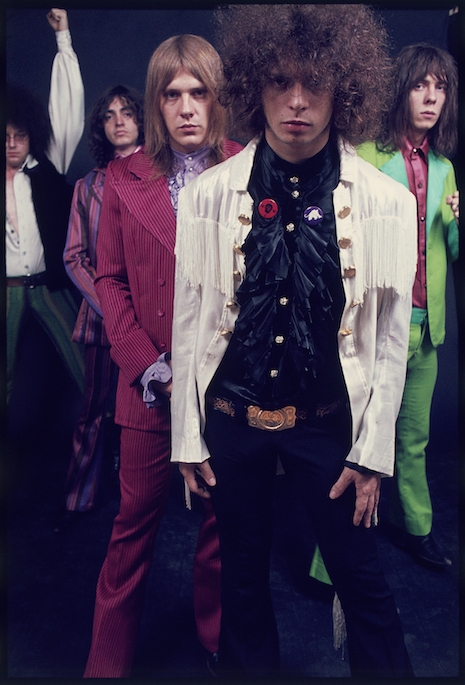
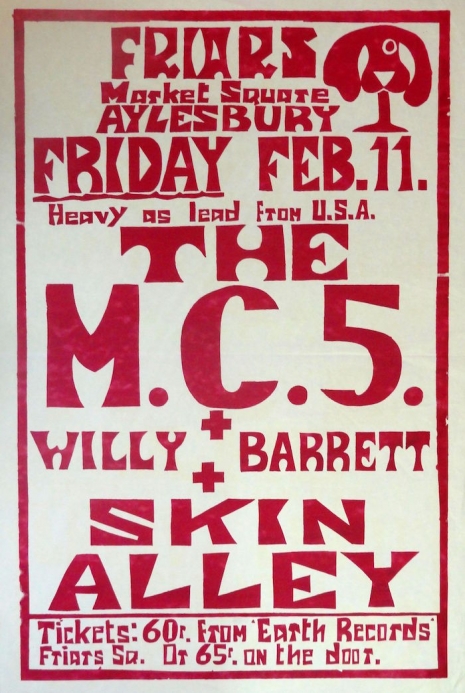






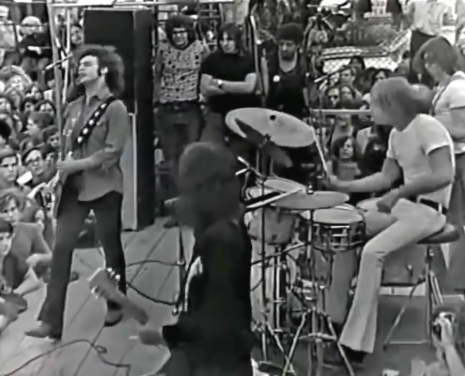

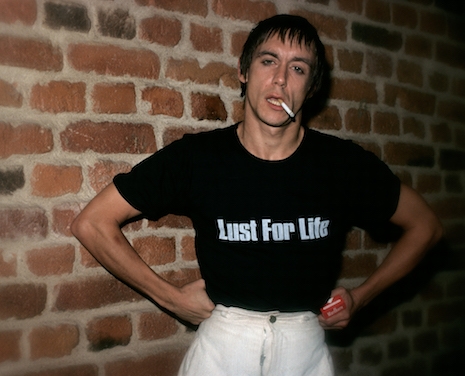




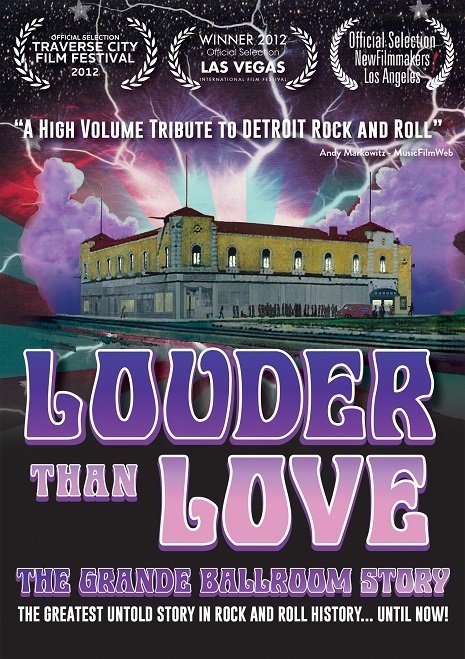
-465_465_310_int.jpg)
-465_465_705_int.jpg)
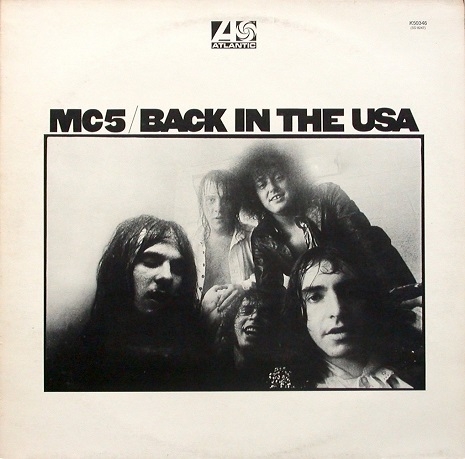

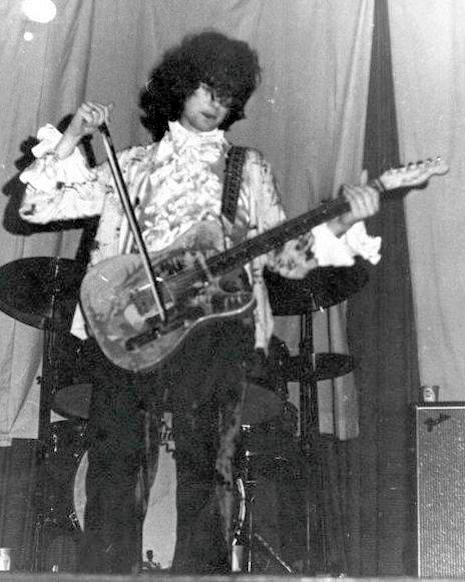
-465_465_326_int.jpg)
-465_465_665_int.jpg)
